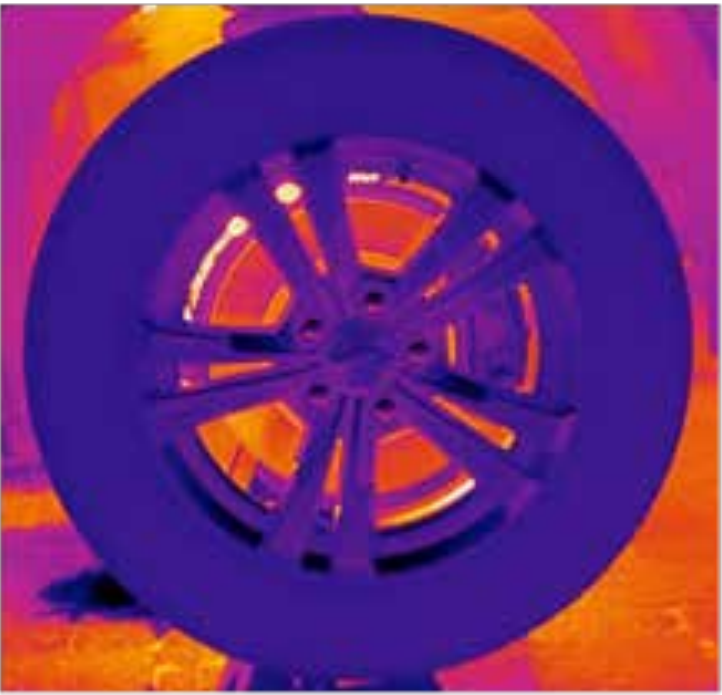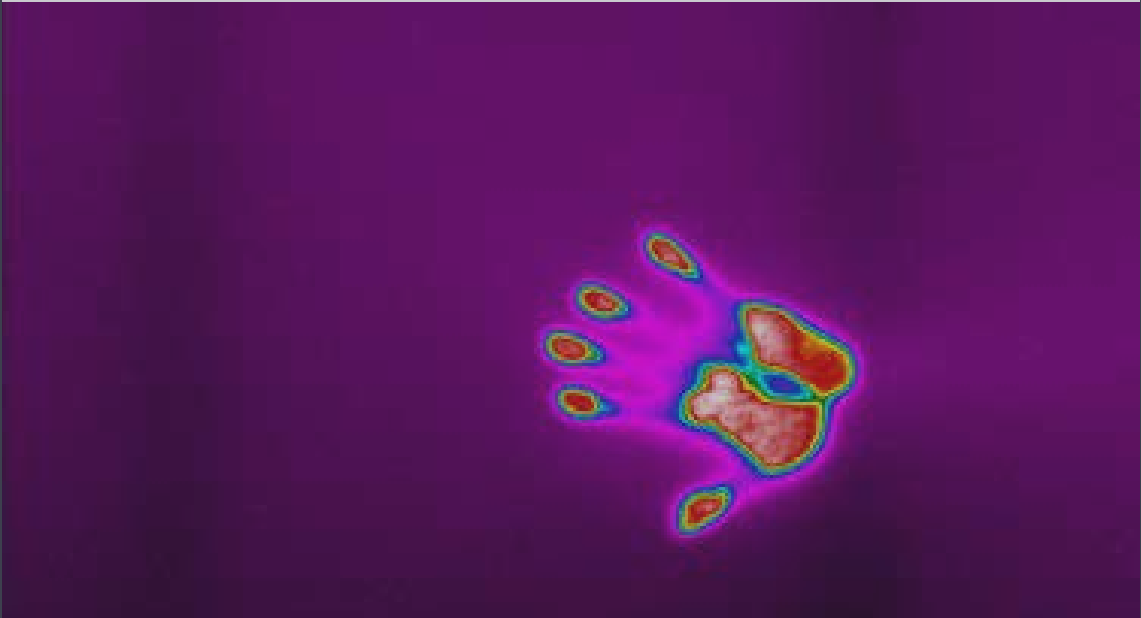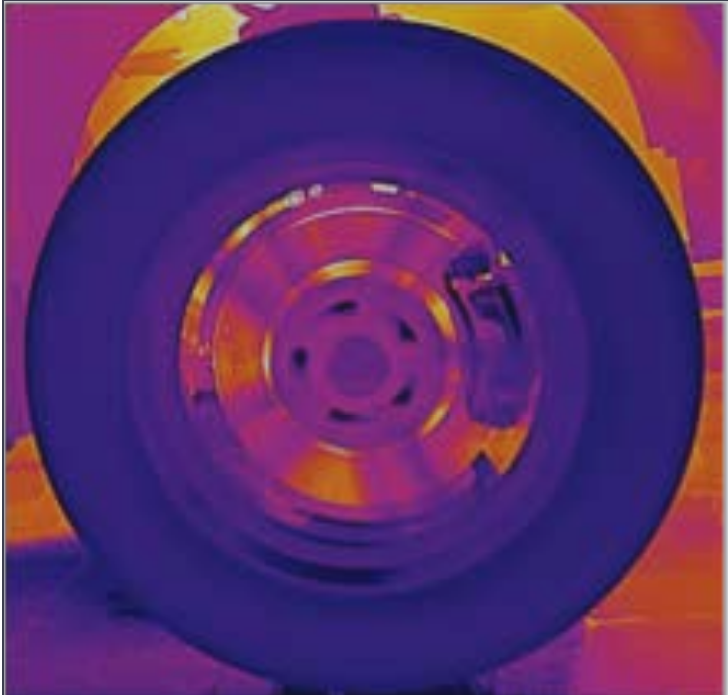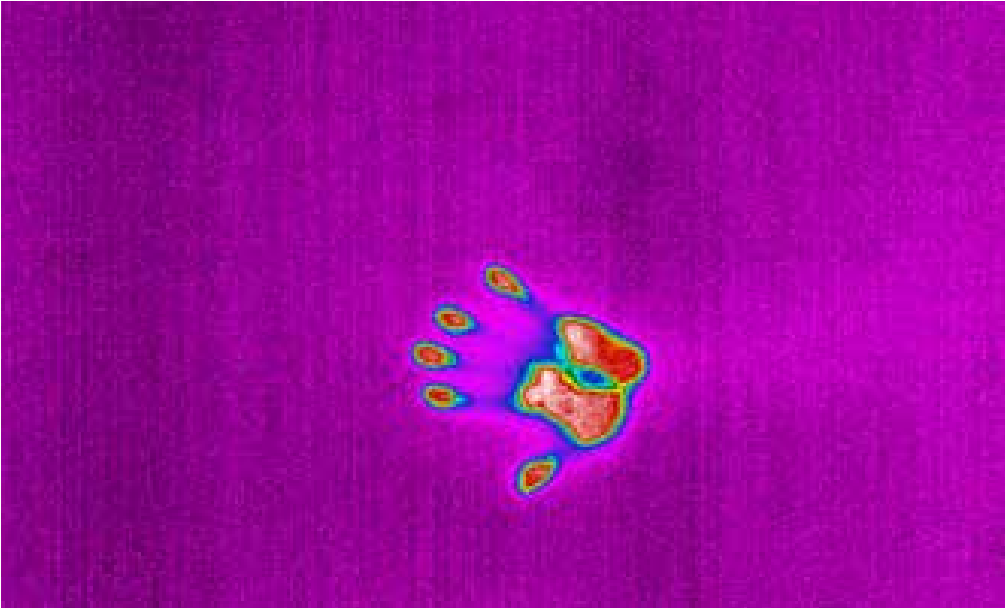Cooled and uncooled for remote monitoring Thermal imager comparison
Cooled thermal imager


The imaging sensor of the modern cooled thermal imager integrates a cryogenic cooler. This device can cool down the sensor. The purpose of lowering the temperature of the detector is to make the signal of thermal noise lower than the image signal.
The moving parts of cryogenic refrigerators have extremely small mechanical tolerances and will wear out over time, and helium will slowly leak. After the use time reaches 8,000-10,000 hours, the cryogenic refrigerator must be replaced.
The refrigerated thermal imager is the most sensitive to small temperature differences in the scene. They can detect the smallest temperature differences between objects. This thermal imager can operate in mid-wave infrared or
It is said that imaging is performed in the mid-wave infrared band of the spectrum, and the thermal contrast of this band is highly dependent on black body physics. Thermal contrast is the signal change caused by the target temperature change. The higher the thermal contrast, the easier it is to detect the difference in temperature from the background
Not too big a goal.
Generally speaking, the contrast of mid-wave infrared thermal imaging cameras at night is more vivid than that of infrared thermal imaging cameras in other bands. Cooled thermal imaging cameras can also be designed to work in the long-wave infrared or LWIR bands.


The imaging sensor of an uncooled infrared thermal imager does not require low-temperature cooling. The detector it uses is usually based on a microbolometer, which is a combination of a small vanadium oxide resistor with a large temperature coefficient and a silicon element. It has the characteristics of large area, low thermal energy and good thermal insulation performance. . Changes in the temperature of the scene will cause changes in the temperature of the bolometer, and these changes will be converted into electronic signals.
It is then processed into an image. The uncooled sensor is designed to work in the long-wave infrared or LWIR band with a wavelength of 7 to 14 microns. In this environment, land temperature targets emit most of the infrared energy.
Choose a cooled or uncooled thermal imager?
When the monitoring range reaches more than 5km, it will be more cost-effective to use a thermal imaging system based on a cooling thermal imaging camera.
Conclusion
Long-distance thermal infrared monitoring requires the use of a long focal length lens. The cost of the lens of an uncooled thermal imager system will increase rapidly as the focal length increases, and the cost of a cooled thermal imager system will increase relatively slowly.
Therefore, although the cost of a cooling thermal imager core is much higher than that of an uncooled thermal imager, when the focal length reaches 350mm or more, the system cost of the uncooled system (movement plus lens) will exceed that of the refrigerated system. To get within a few kilometers
For images of human-sized targets, the focal length of the thermal imaging camera lens must exceed 350mm. Therefore, under such application conditions, the use of a cooling thermal imaging camera system will be more cost-effective, at least the initial system cost will be lower.

